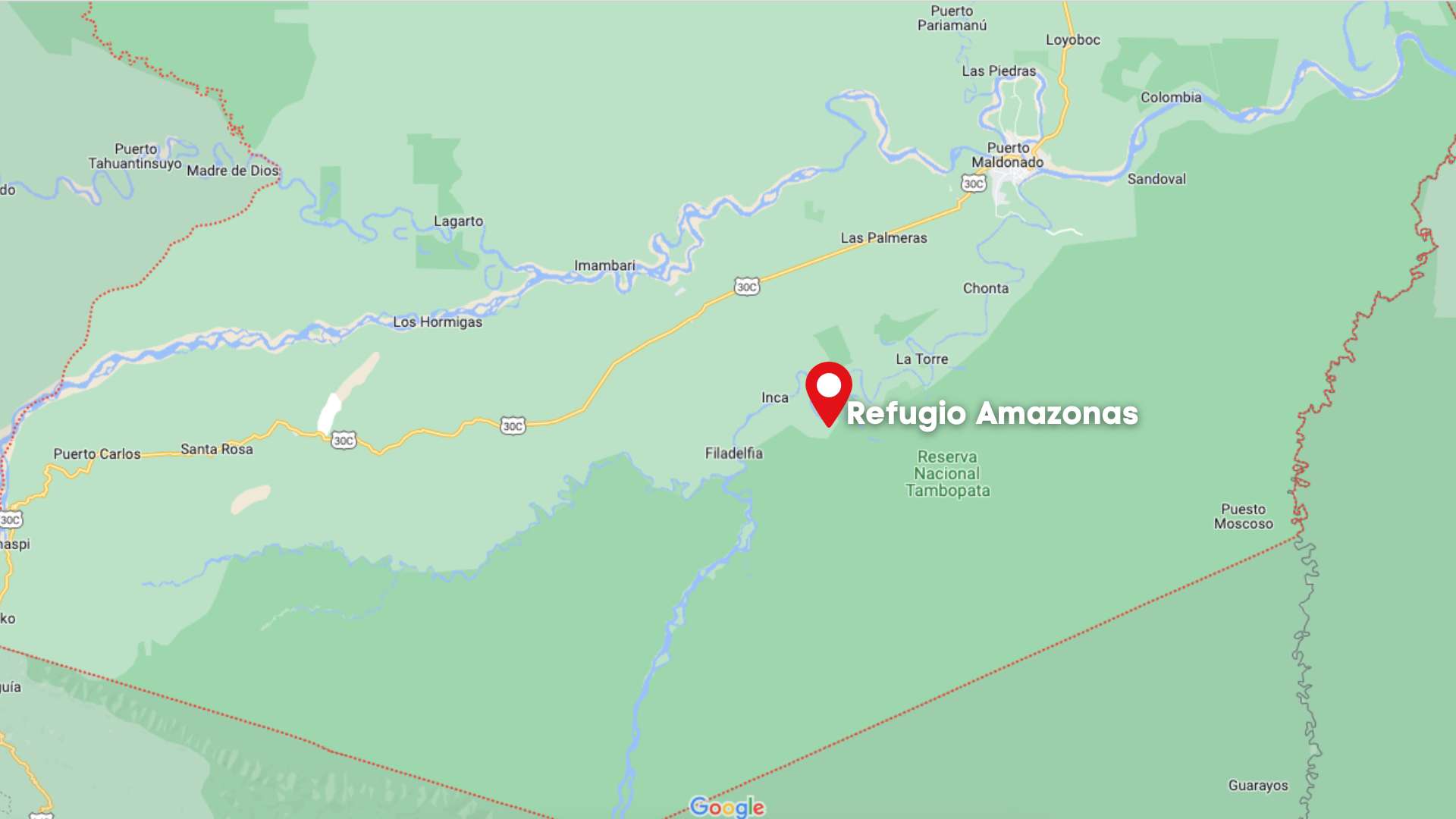The Harpy Eagle in Tambopata nests mainly on Ironwood Trees (
Dipterix micrantha), one of the most commercial woods that are exported to make parquet floors, charcoal, and home furniture, among others. The expansion of logging, agriculture, and illegal mining have made the population of the Harpy Eagles dwindled considerably making finding an efficient nest increasingly difficult. (Photo by Diego Balbuena)
The Wired Amazon researchers have carefully placed a remote camera, near a harpy eagle nest where a pair and its chick are being monitored in the rainforest to study the behavior of this near-threatened species (IUCN), an apex predator in the Peruvian Amazon. For this reason, the
HarpyCam, located about 90 feet high on a neighboring tree from the nest, transmits live footage down to a screen located in a protected blind, where researchers can follow and record their movements. Our researchers have studied this pair before in 2015 and were very excited to observe new developments with this year´s offspring.
